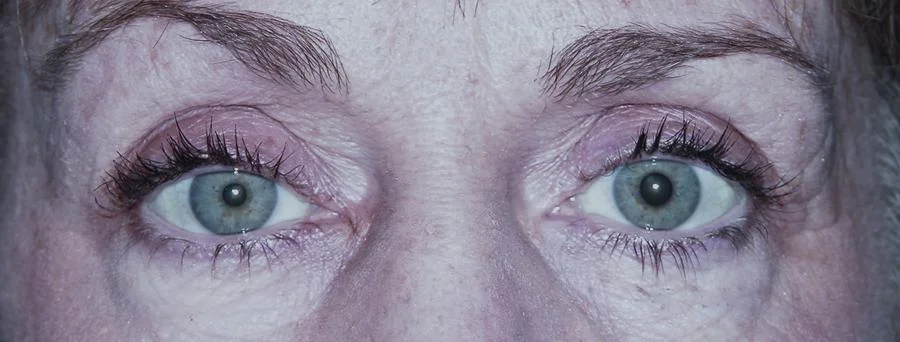The oculosympathetic pathway.
The oculosympathetic pathway is important for localizing lesions that may occur along its path. The common pathway consists of the first-order (central) neuron originating from the hypothalamus, descending down the brainstem and cervical spinal cord to the ciliospinal center of Budge-Waller at the level of C8-T2. The second-order (preganglionic) neuron then exits the spinal cord, travels around the apex of the lung, and travels up to the superior cervical ganglion, which is at the level of the jaw/carotid bifurcation. The third-order (postganglionic) neuron then branches to innervate the facial sweat glands, iris dilator muscle, and Müller and inferior tarsal muscles.
Image credit: Illustration by Christine Gralapp. American Academy of Ophthalmology. Used with permission for educational purposes.





